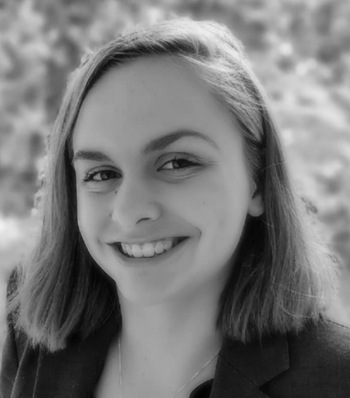Number of non-straight Brown students has doubled since 2010
A survery of Brown University students shows that 38% of students at the school identify as something other than heterosexual.
In 2023, only 59.9% of students identified as heterosexual. 7.63% identified as homosexual, 17.92% identified as bisexual, and 0.17% identified as “something else.”
A Brown University survey has shown that 38% of students at the school identify as something other than heterosexual.
The survey, which compares data from polls between fall of 2010 and spring of 2023, was published in the Brown Daily Herald, Brown University’s student newspaper. The Herald holds semesterly surveys regarding LGBTQ+ identification.
In 2010, 85.9% of students responding to the survey identified as heterosexual, 6.52% identified as homosexual, 5.8% identified as bisexual, and 1.73% identified as “something else.”
However, in 2023, only 59.9% of students identified as heterosexual. 7.63% identified as homosexual, 17.9% identified as bisexual, and 0.17% identified as “something else.”
In addition, 4.8% of students identified as “queer,” 2.4% identified as “pansexual,” 1.3% identified as “asexual,” and 5.9% identified as “questioning,” all of these categories having been created in spring of 2022.
These statistics are in stark contrast to the national average of LGBTQ+-identified individuals, which is only 7.2% of the adult population. In the 18-25 age bracket, this percentage is 19.7%.
A separate survey was created in spring of 2022 polling students about their so-called gender identities. The latest survey showed 3.1% of students identifying as non-binary and 1.8% identifying as genderqueer.
This is also significantly higher than the general population, of which 0.5% identifies as non-binary.
[RELATED: Leftist teacher claims 95% of trans kids know their gender identity by ages three to five]
The public had a variety of reactions to Brown’s survey.
“I have mixed feelings on this poll,” states Jonathan Shanks, a conservative student who attends Missouri State University and is gay. “On one hand, we see that as acceptance of sexual minorities has increased, it makes sense that there is an increase in students who are openly non-straight.”
“However, we also see a significant increase in students identifying as ‘queer,’” Shanks continued. “What’s interesting to me is how ‘queer’ has always been a slur, yet now it is a vague identity that has always been defined as strange, odd, etc.”
“I see this as concerning because it seems as though people are identifying with this slur to stand out and fit in at the same time. Additionally, I do not see sexuality as an identity or personality trait; it is concerning that people treat it as such.”
Shanks’ sentiment is a testament to a developing dynamic on college campuses in which support for conventional homosexuality is giving way to, and often undermined by, support for the more nebulous concept of “queerness”– which actually rejects the reality of human biological sex (formerly thought of as a necessary element to the definition of homosexuality.)
”The LGBTQ left are the same people who said that ‘Love is Love’ when gay marriage became legal, but now contend that gay men who are only attracted to biological men are transphobic,” Campus Reform Editor-in-Chief Dr. Zachary Marschall wrote for Campus Reform in 2021. “What exactly is the difference between telling a gay man that he cannot not be attracted to biological women and sending that same person off to conversion therapy?”
[RELATED: ANALYSIS: Trans activists tell straight, gay people they can’t have ‘genital preferences’]
However, others have reacted more favorably. “Rookie numbers,” transgender-identified Harvard Law instructor Alex “Alejandra” Caraballo tweeted on July 9 in response to the poll, “gotta pump those numbers up.”
Rookie numbers, gotta pump those numbers up. pic.twitter.com/iVYecUOJd5
— Alejandra Caraballo (@Esqueer_) July 9, 2023
Caraballo responded to Campus Reform’s request for comment with two gifs, one of a penguin saying “It’s a joke” and another of Superman with the words “the joke” flying over his head.
University spokesperson Brian E. Curtis clarified that the Herald is an independent student news organization and stated that “the University had no involvement” with the poll.

